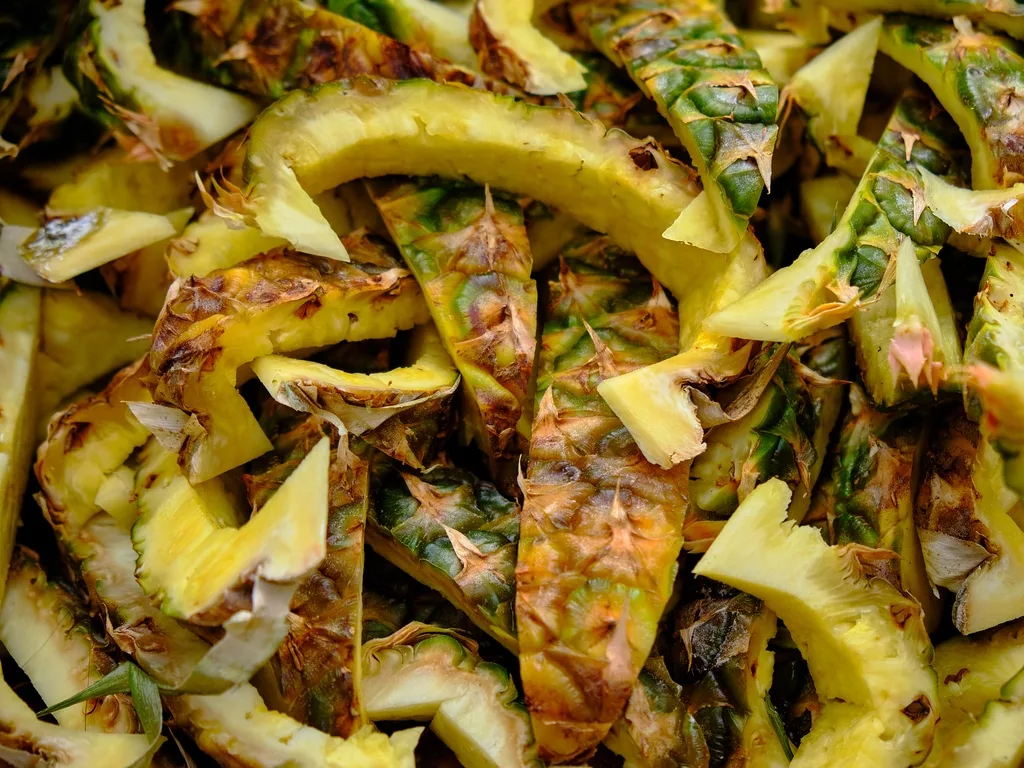Pineapple residues, most times, are discarded without being put to further use except possibly for herbalists, who might consider them useful for concoctions. By collecting discarded pineapple leaves and skin, these byproducts, often overlooked, are rich in essential nutrients like potassium, nitrogen, and phosphorus.
The application of pineapple-derived organic fertilizer provides a natural and cost-effective solution for farmers. It not only enriches the soil with essential nutrients, but also enhances its structure, promoting water retention and supporting microbial life. According to a food research article (iopscience); pineapple peel compost (T1) showed better growth performance than other treatments except for the parameter of root length. The application of pineapple waste compost enhanced soil pH, macronutrients (K, Ca, and Mg), and micronutrients (Zn, Cu, and Mn). By opting for this sustainable approach, farmers contribute to waste reduction and mitigate the environmental impact associated with conventional fertilizers. The organic nature of the fertilizer reduces the risk of water pollution and soil degradation. The fertilizer-making process is stated below:
1. Dry the collected pineapple leaves and skin thoroughly. Once dried, shred them into smaller pieces. This increases the surface area, facilitating the decomposition process.
2. Combine the shredded pineapple residues with other organic matter, such as kitchen scraps, yard waste, or crop residues. This creates a balanced compost heap, promoting microbial activity and accelerating the decomposition of the pineapple waste.
3. Regularly turn the compost pile to ensure proper aeration. This helps in breaking down the materials effectively and prevents the formation of anaerobic conditions, which can lead to unpleasant odours.
4. Allow the compost pile to mature for several weeks. During this time, the microbial activity transforms the pineapple residues and organic matter into a nutrient-rich compost, ready for use as fertilizer.
Now, once the compost matures, apply it to the soil. Spread a layer of the pineapple-based organic fertilizer evenly over the planting area. Incorporate it into the soil using a rake or hoe, ensuring that the nutrients are well-distributed. From harvesting to application, this method aligns with sustainable agricultural practices, offering an eco-friendly alternative that enriches the soil and contributes to a greener, more resilient farming future.


